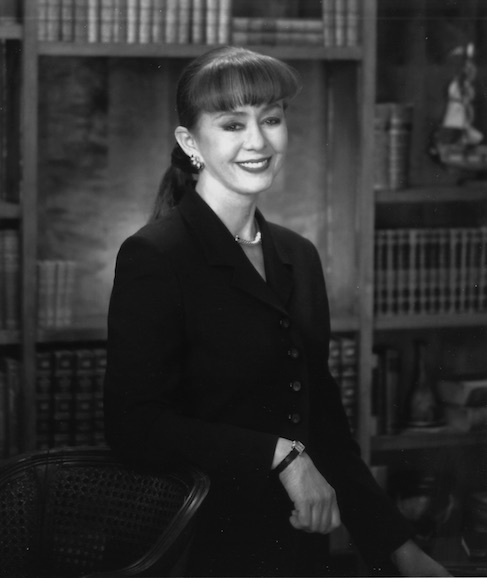Documenting the Equal Rights Amendment through the Georgia Women’s Movement Project
The Equal Rights Amendment was first introduced to Congress in 1923. Almost 50 years later, in 1972, the amendment was finally passed by the U.S. House and Senate and sent to the states for ratification. After a ten-year battle, the amendment failed to pass because only 35 of the required 38 states ratified it.
During the 1970s and early 1980s, many of Georgia’s women found their political voices as they worked together to ratify the Equal Rights Amendment. Ultimately, they were unsuccessful. However, a number of those activists, led by Lucy Hargrett Draper, understood the historical importance of their fight, and the need to document that fight as well as more generally, the history of Georgia’s women. In order to preserve this history, Draper sought to convince Georgia State University’s administrators that a Women’s Collection should be established at the university. By 1995, the Donna Novak Coles Georgia Women’s Movement Archives and the Lucy Hargrett Draper U.S. Equal Rights Amendment Collection were established to document second wave feminism in Georgia and beyond. Draper and her friends — assisted by Diane Fowlkes, the first director of the university’s Women’s Studies Institute, and Julia Marks Young, who was the Head of Special Collections & Archives — travelled the state, gathering the personal papers of their peers and conducting oral history interviews. The resulting collection thoroughly documents Pro-ERA activities in Georgia and the South.




